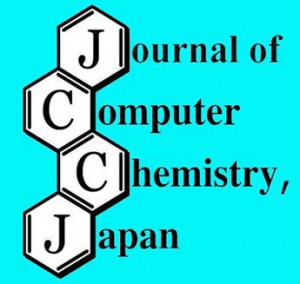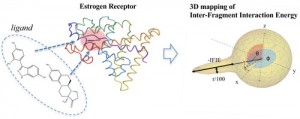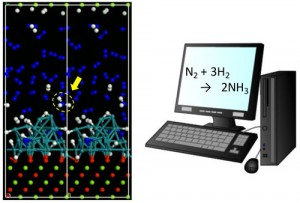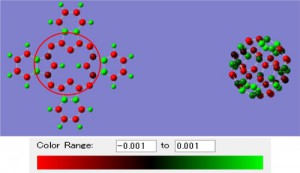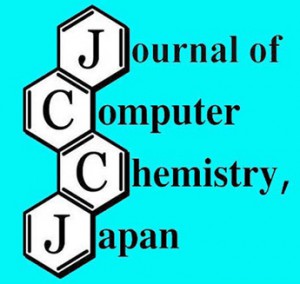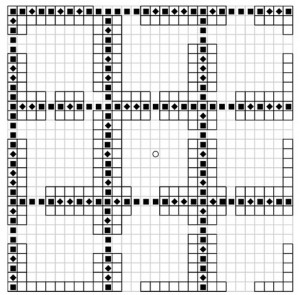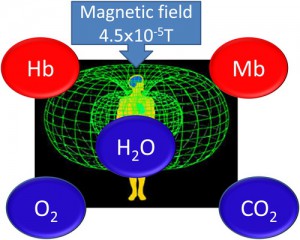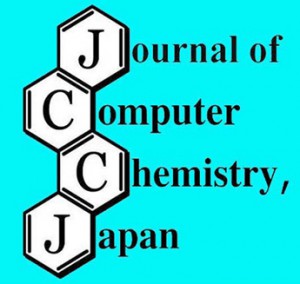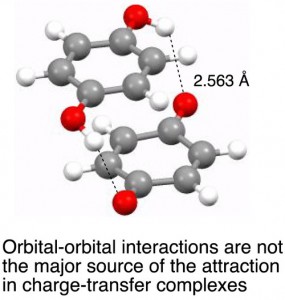[Advanced Published online Journal of Computer Chemistry, Japan, by J-STAGE]
<Title:> WinmostarのMOPAC計算による分子軌道モデルの3Dプリンタ用STLファイルの作成
<Author(s):> 吉村 忠与志, 八木 徹, 千田 範夫
<Corresponding author E-Mill:> tadayosi2438(at)yahoo.co.jp
<Abstract:> 分子モデリングソフトウェアには3Dプリンタ用STLファイルを創出するものが開発されていない.そのため,いろいろな機能を付加した研究が進む中 で,Winmostarで作成できるVRML形式ファイルをBlenderでSTLファイルに変換して分子軌道モデルを3Dプリンタで作成するこ とができた.これによって,分子軌道の3Dモデルを簡単に作成できることから,この方面でのますますの利用を期待できる.
<Keywords:> STL conversion from VRML file, Winmostar, Blender, 3D printer, Chemical education, Molecular orbital
<URL:> https://www.jstage.jst.go.jp/article/jccj/advpub/0/advpub_2016-0046/_article/-char/ja/
<Title:> WinmostarのMOPAC計算による分子軌道モデルの3Dプリンタ用STLファイルの作成
<Author(s):> 吉村 忠与志, 八木 徹, 千田 範夫
<Corresponding author E-Mill:> tadayosi2438(at)yahoo.co.jp
<Abstract:> 分子モデリングソフトウェアには3Dプリンタ用STLファイルを創出するものが開発されていない.そのため,いろいろな機能を付加した研究が進む中 で,Winmostarで作成できるVRML形式ファイルをBlenderでSTLファイルに変換して分子軌道モデルを3Dプリンタで作成するこ とができた.これによって,分子軌道の3Dモデルを簡単に作成できることから,この方面でのますますの利用を期待できる.
<Keywords:> STL conversion from VRML file, Winmostar, Blender, 3D printer, Chemical education, Molecular orbital
<URL:> https://www.jstage.jst.go.jp/article/jccj/advpub/0/advpub_2016-0046/_article/-char/ja/

